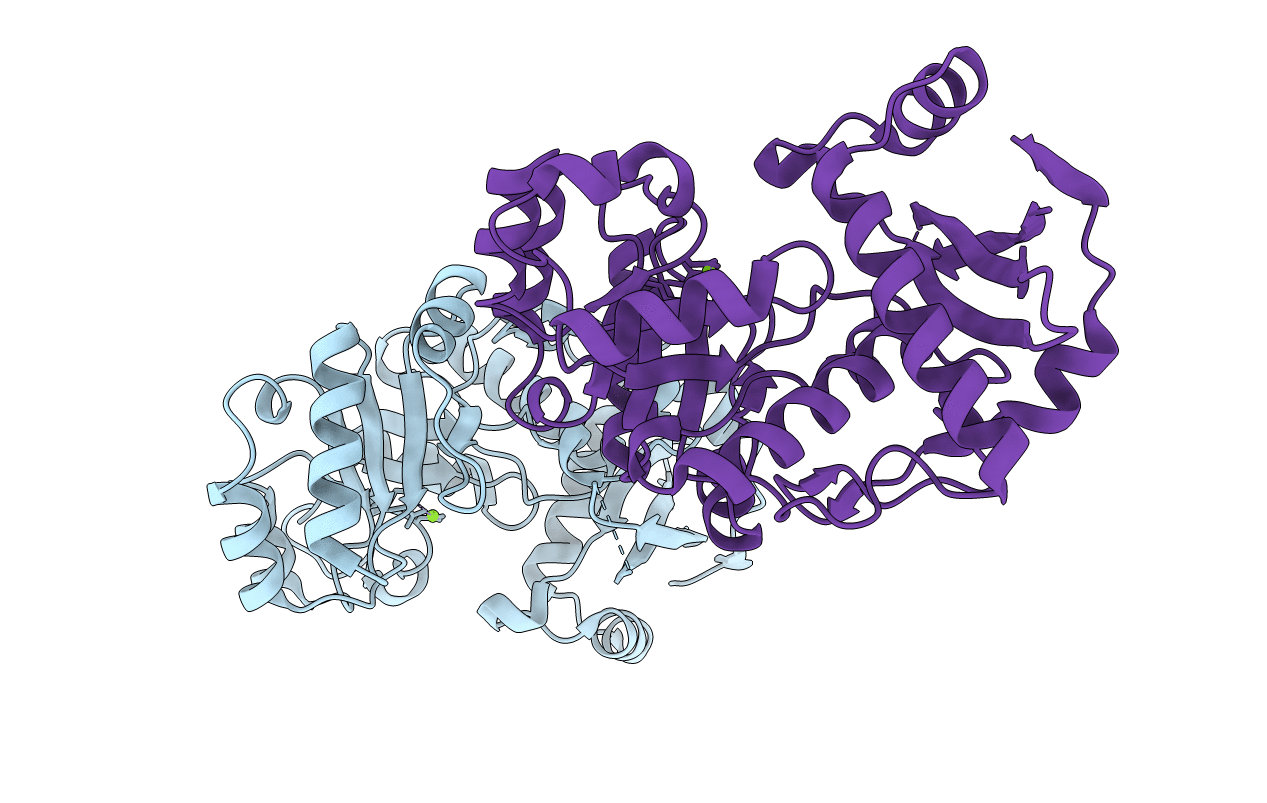
Deposition Date
2008-02-20
Release Date
2008-03-04
Last Version Date
2024-02-21
Entry Detail
PDB ID:
3CAW
Keywords:
Title:
Crystal structure of o-succinylbenzoate synthase from Bdellovibrio bacteriovorus liganded with Mg
Biological Source:
Source Organism:
Bdellovibrio bacteriovorus HD100 (Taxon ID: 264462)
Host Organism:
Method Details:
Experimental Method:
Resolution:
1.87 Å
R-Value Free:
0.24
R-Value Work:
0.21
R-Value Observed:
0.21
Space Group:
P 1 21 1


